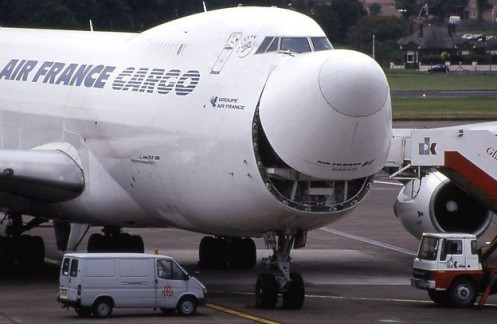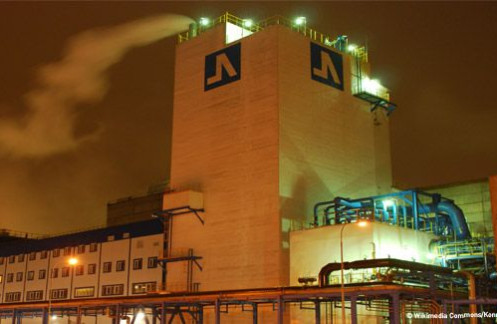For such a specific and complex subject, we preferred a recognized and trusted partner.Jean-Yves LUCASOptimization specialist - R&D EDF
I would like to point out Eurodecision’s responsiveness and adaptability.François RenardRadiation protection specialist - EDF Nuclear Production Department
EDF operates 58 nuclear plant units in France. However, each reactor building is confined and fully leak proof. It must be opened at least once a year during scheduled shutdowns for maintenance.
EDF has always strived to reduce the dosimetry of workers during maintenance operations. It is crucial to comply with regulatory limits and to respect the ALARA principle intended to reduce the dosage “as low as reasonably achievable”. It is an optimization issue, and it must address several factors: exposure time, types of protection, and the distance from radioactive materials.
As these maintenance operations are often carried out in restricted spaces, the optimal combination of these three factors can be difficult to achieve. Both the size and weight of protective screens often hamper operations and increase the time required for intervention.
Several improvements have been made over the years, but when you consider all the issues involved in a unit outage and the duration (from three weeks to two months), there is a large number of possible combinations, exceeding the limits of ‘intuitive manual’ optimization.
In order to analyse the factors enabling further optimization, in the summer of 2008 EDF’s Maintenance Engineering UTO (Operational Technical Unit from the Nuclear Plants Department), supported by the Research & Development Department, initiated the development of a powerful computing tool able to integrate the multitude of complex factors to consider when defining new optimization strategies.
The tool, called CADOR (decision support for optimizing radiation protection), should be able to analyse situations, and then build genuine scenarios, site by site, covering factors such as the duration, logistics, and organization of plant outages. The scenarios define the best means and schedule the necessary resources at the right time. The prototype for this custom tool was jointly developed with Eurodecision, a long-time partner of the R&D Department.
The first version of CADOR was developed in just a few months, and was gradually improved.
CADOR makes it possible to add tasks for setting up radiation protection options while taking into account the plant outage schedule; to choose the type of protection to use; to define the necessary resources and their commitment; and to create specifications for firms installing the protection. It can also provide a chronological view of changes to the radiological exposure context, room by room.
CADOR is a unique tool linking radiation protection and logistics. It is an “explanatory” and “adaptable” decision support tool: users can add new options themselves. This participatory aspect is important as the plant remains responsible for controlling its maintenance operations. Previously the UTO, which provides technical support only, did not always have sufficiently convincing arguments.
The prototype was first tested virtually on two unit outages at Gravelines and Tricastin in 2010; then a full-scale test was carried out at Tricastin in early 2011.
The recommendations made by the tool proved to be remarkable, reducing the dose over the scope of the test by an estimated 27%.
EDF has decided to continue the deployment of CADOR at all its units. The tool must be adapted in line with the entire EDF information system. Human and logistics aspects require further development, and the program’s ergonomics must improve both for EDF workers and for third-party engineering contractors. CADOR is one of the key levers for making radiation protection more effective in the future.
*Radiation protection: set of measures to minimize workers’ exposure to ionizing radiation
**ALARA =As Low As Reasonably Achievable. Exposure to ionizing radiations generated by nuclear activity must be kept at the lowest reasonably achievable level, given the latest techniques as well as economic and social factors.
***Dose integrated by all workers. The “dose”—which reflects the detrimental biological effects of radiation—is calculated by multiplying the exposure time by the level of the dose.






